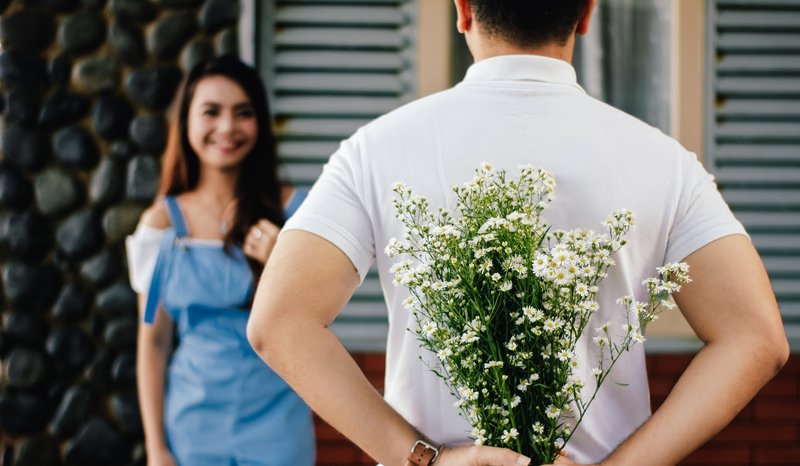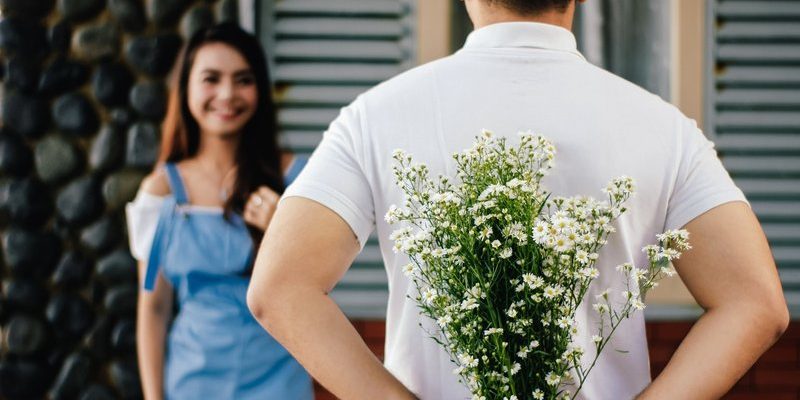
Chickens are more than just fluffy creatures; they possess rich social behaviors that play a key role in their mating rituals. Understanding these behaviors can give you insight into the social dynamics of poultry and might even help you raise healthier, happier chickens. You’ll find that both males and females exhibit distinct traits during courtship—a little like how people dress up and act differently when dating. So, grab a cup of coffee, and let’s take a closer look!
The Role of the Rooster in Courtship
Roosters are the main players when it comes to courtship. They have a unique way of displaying their worthiness to hens. Picture this: a rooster puffs up his chest, spreads his tail feathers, and struts around, making loud crowing noises. This behavior is not just for show—it’s a way to communicate strength and vitality. When a rooster displays, he’s essentially saying, “Look at me! I’m healthy and can provide.”
But there’s more to it than just looks. The rooster will also engage in dancing displays, which can involve a series of quick movements. He may bob his head, lower his body, and even engage in a little jig to grab a hen’s attention. It’s a bit like a chicken version of a flashy dance-off, where the most impressive moves help him stand out from the rest. If a hen is impressed, she’ll respond, often through certain body signals or vocalizations.
The Importance of Vocal Calls
One might wonder how much sound plays a part in these romantic endeavors. Well, it turns out that a rooster’s vocal calls are essential during courtship. Each call serves a different purpose—some are meant to attract hens, while others warn off rival roosters.
You might notice that a rooster’s crow isn’t just a random sound but a carefully crafted melody that’s designed to catch the ear of nearby hens. When a rooster senses a hen’s interest, he may even change his call, making it softer or more inviting. This ability to adapt is key to engaging the female and creating a connection.
Hen Behavior During Courtship
Hens have their own set of behaviors that complement the rooster’s courtship display. When a hen is ready to mate, she’ll often show interest by leaning towards the rooster. You might see her fluff up her feathers, which signals her acceptance and readiness. It’s like her way of saying, “I’m interested—let’s dance!”
Hens also engage in their own forms of communication. They might give soft clucks or purrs to encourage the rooster to continue his show. If a hen isn’t interested, however, she’ll often turn her back or walk away. It’s a clear signal that she’s not looking for a mate, much like how a person might politely decline an unwanted advance.
Once courtship is successful, and mating occurs, the focus shifts to where the eggs will be laid. Hens are incredibly particular about their nesting sites. They look for safe, cozy spots where they can lay their eggs without fear of predators.
This is essential not just for the safety of the eggs, but also for the chick’s future. A secure nest allows the hen to incubate her eggs with minimal disturbance. You can often see hens scratching and arranging materials to make their nests just right, displaying their instinct to protect their future offspring.
When it’s time for the actual mating, it’s a brief but essential moment. The rooster will hop onto the hen’s back, and the two will engage in a behavior known as the cloacal kiss. This is where the rooster and hen press their cloacas (the openings for excretion and reproduction) together to transfer sperm. Surprisingly, this process takes just a few seconds, but it’s crucial for reproduction.
Though the mating itself is quick, it can be a bit clumsy and might not always go as planned. Sometimes, the rooster has to try multiple times to successfully mate with a hen. Each attempt is part of the dance, with the rooster needing to be persistent and patient. It’s akin to rehearsing for a performance, as success often comes with practice!
Several factors can influence how successful a rooster is at mating. Age and health play significant roles. Younger or more vigorous roosters tend to attract more hens. Additionally, a rooster’s social status within the flock can affect his appeal. If a rooster is dominant and well-respected, hens are more likely to choose him as a mate.
You could say that it’s a bit like a popularity contest among birds. The rooster that can best showcase his strengths and charm will have a better chance at attracting multiple hens.
The environment plays a big role in chicken courtship and mating as well. For instance, stressors like overcrowding or poor living conditions can impact mating behaviors. Hens might not feel safe enough to show their interest, while roosters may become aggressive or distracted.
In a natural, open setting, chickens can express their courtship behaviors more freely, without the confines of a stressed environment. This leads to healthier mating and is crucial for a thriving flock. If you’re raising chickens, ensuring they have enough space and a comfortable environment can greatly improve their mating and breeding success.
To support healthy courtship and mating among chickens, it’s essential to provide a nurturing environment. Here are some tips to foster a good atmosphere:
- Ensure plenty of space for each chicken.
- Provide nesting boxes for hens to lay eggs safely.
- Keep the area clean and free of stressors.
- Offer a balanced diet to keep chickens healthy and energetic.
By taking these steps, you’ll encourage more successful courtship and mating, leading to a happier flock!
So, there you have it! The world of chicken courtship and mating rituals is far more intricate and lively than you might have thought. From the flashy displays of roosters to the clever responses of hens, every part plays a role in ensuring the continuation of their species. Chickens, like us, have their own unique ways of connecting with one another.
If you’re ever lucky enough to observe these rituals in action, you’ll see firsthand the efforts both roosters and hens make to find a mate. It’s like watching a fascinating drama unfold, giving you a glimpse into the wonderful world of poultry. So, next time you see chickens, remember that behind those clucks and flaps lies an entire social scene worthy of a love story!

